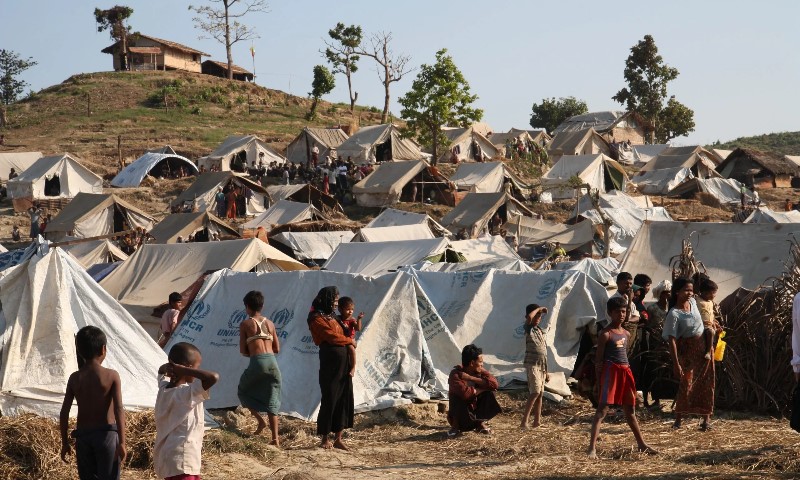
Mizoram to Begin Biometric Data Collection of 32,000 Myanmar Refugees

 :
| Updated On: 04-Jul-2025 @ 3:08 pm
:
| Updated On: 04-Jul-2025 @ 3:08 pmSHARE
Preparations are currently underway in Mizoram for the biometric enrollment of over 32,000 Myanmar refugees residing in the state. This initiative is part of an official effort to collect biometric and demographic data to better identify and manage the refugee population. State Additional Home Secretary Andrew H. Vanlaldika confirmed that the enrollment process will be conducted across all eleven districts of Mizoram within this month, depending on the readiness and convenience of the respective district administrations.
Vanlaldika emphasized that the enrollment is intended purely for identification purposes and not as a prelude to deportation. He explained that district administrations have already trained their officials and will soon provide them with necessary equipment such as computers, webcams, and other tools to facilitate the enrollment process.
In addition to Myanmar refugees, authorities may also extend biometric enrollment to Bangladeshi nationals who are currently sheltering in Mizoram’s Lawngtlai district, subject to instructions from the central government.
Aizawl Deputy Commissioner Lalhriatpuia stated that the enrollment process will soon begin in Aizawl district, where approximately 3,000 Myanmar nationals are believed to be currently residing. However, he acknowledged that the administration faces logistical challenges because of the frequent cross-border movement of refugees, which makes it difficult to track their numbers accurately.
Data from the Mizoram Home Department indicates that a total of 32,419 Myanmar nationals are presently living across the state's eleven districts. These numbers are fluid, as many refugees temporarily return to their villages in Myanmar and later come back to Mizoram, further complicating official record-keeping.
In addition to the Myanmar nationals, the state is also home to 2,371 Bangladeshi nationals who have taken refuge from the Chittagong Hill Tracts (CHT) region. These individuals fled due to military operations targeting ethnic insurgent groups. Furthermore, Mizoram is currently sheltering 7,354 Zo ethnic people from Manipur, who were displaced by ethnic violence in that neighboring state since May 2023.
Most of the Myanmar refugees in Mizoram are from Chin State and fled following the February 2021 military coup in their country. The political instability and military crackdown in Myanmar have led thousands to seek refuge in Mizoram, where they share ethnic and cultural ties with the local Mizo population.
Ethnic solidarity has played a key role in Mizoram’s approach to handling the refugee crisis. The Chin people from Myanmar, the Bawm tribe from Bangladesh, and the Kuki-Zo people from Manipur have strong ethnic linkages with the Mizo community, which has facilitated their acceptance and shelter within the state.
The biometric enrollment initiative, though complex, is seen as a vital step toward organizing relief efforts, ensuring proper distribution of aid, and preventing misuse of identity. The state government, while proceeding with sensitivity, is also balancing the need for documentation with humanitarian considerations. As the situation continues to evolve, the data collected through this enrollment will help policymakers and aid agencies better address the needs of these vulnerable populations.